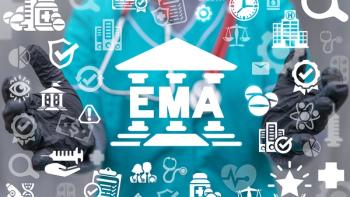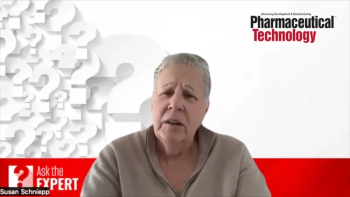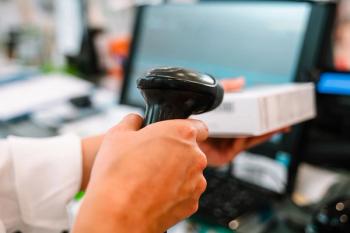
- Pharmaceutical Technology-05-15-2020
- Volume 2020 eBook
- Issue 2
Detecting Contamination in Cell Therapies
A variety of assays should be used to detect bacterial, fungal, and viral contaminants in the human source cells used for cell therapies.
Though cell therapy is a recent innovation, with the first therapies approved by FDA in 2017, the use of human cells has been a standard of care for decades in hematology and oncology. A cell therapy can be derived from a variety of sources, including hematopoietic, skeletal muscle, neural, and mesenchymal stem cells (i.e., adult stem cells that differentiate into structures such as connective tissues, blood, lymphatics, bone, and cartilage). Given the urgency of ensuring good patient outcomes, it is essential to have a strategy in place for preventing contamination of source cells, as well as the resulting cell therapies.
Article Details
Pharmaceutical Technology
eBook: Biologics and Sterile Drug Manufacturing, May 2020
May 2020
Pages: 30–33
Citation
When referring to this article, please cite it as F. Mirasol, “Detecting Contamination in Cell Therapies," Pharmaceutical Technology Biologics and Sterile Drug Manufacturing eBook (May 2020).
Articles in this issue
over 5 years ago
On Point: Biologics Drive Growth in Pre-Filled Syringesover 5 years ago
Instrumenting Single-Use Processesover 5 years ago
Considerations in Contamination Controlover 5 years ago
Best systems and equipment for contamination controlover 5 years ago
Building Data Quality In Generates Quality Data Outover 5 years ago
Optimizing Viral Vector Manufacturing for Gene Therapyover 5 years ago
Minimizing Contamination During Biopharma R&Dover 5 years ago
Complications in Process Simulation ExecutionNewsletter
Get the essential updates shaping the future of pharma manufacturing and compliance—subscribe today to Pharmaceutical Technology and never miss a breakthrough.




